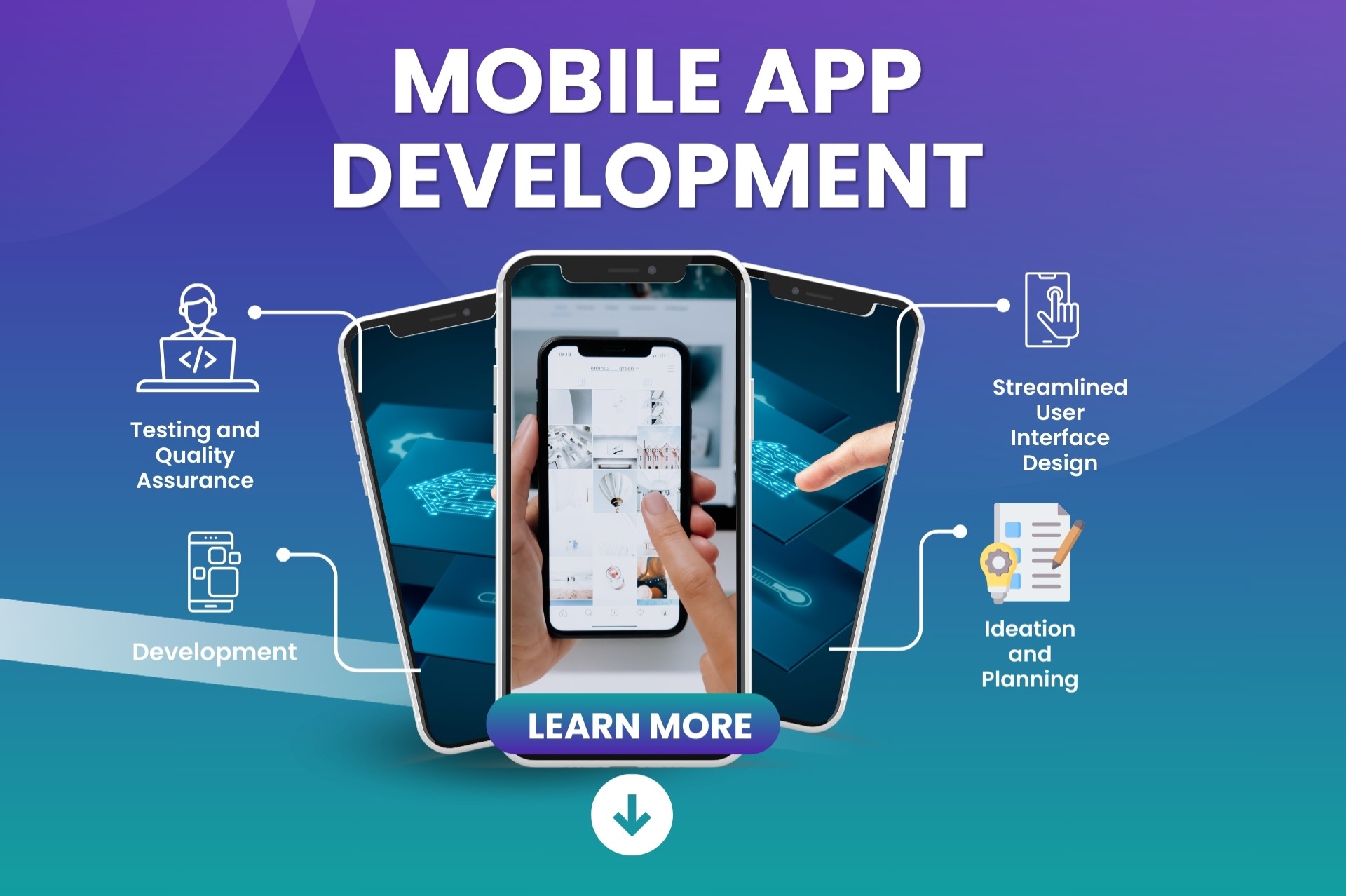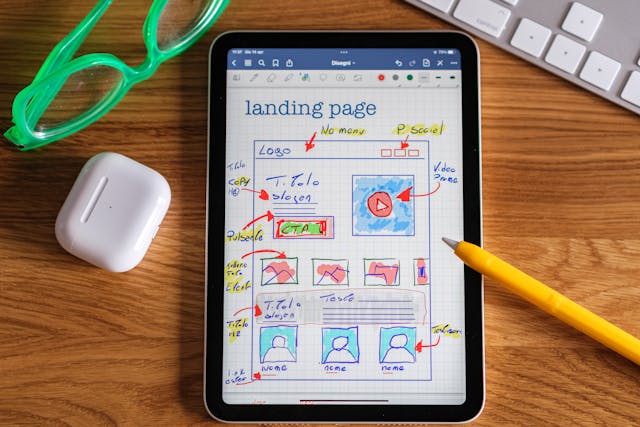
Getting Started with Mobile App Development: Simplified Steps for Beginners
In today's digital age, mobile apps are ubiquitous, serving various purposes from social networking to productivity enhancement. Despite their prevalence, the app development process can appear complex, particularly for newcomers. In this guide, we'll simplify mobile app development into easy-to-understand steps. Mobile apps have become indispensable tools in our daily lives, offering convenience and functionality across diverse categories like social media, gaming, productivity, and e-commerce. However, for beginners, the process of creating these apps can seem overwhelming. This guide aims to simplify mobile app development into easy-to-follow steps. But first let's understand the process:
Understanding Mobile App Development:
Mobile app development is the process of creating software applications specifically designed to run on mobile devices like smartphones and tablets. Unlike desktop applications, mobile apps are optimized for smaller screens and touch-based interactions. Mobile app development involves several key stages, including planning, design, development, testing, deployment, and maintenance. By following these steps, beginners can navigate the development journey with confidence, transforming their app ideas into reality. With simplified guidance and clear explanations, this guide empowers newcomers to embark on their mobile app development journey successfully.
Key Components of Mobile App Development
Ideation and Planning:
The ideation phase is where the seed of an app idea is planted. Developers brainstorm concepts, considering factors like target audience, market demand, and potential competitors. Research plays a vital role here, helping developers understand user needs and preferences. Once a solid idea is formed, it's time for planning. Developers define the project scope, outlining what features the app will include and what problem it aims to solve. This phase also involves creating sketches or prototypes to visualize the app's layout and functionality. Setting a timeline and budget is crucial for project management and resource allocation.
Design:
Design is the process of turning ideas into tangible visuals that users interact with. Designers focus on creating intuitive user interfaces (UI) and engaging user experiences (UX). They consider factors like ease of use, accessibility, and visual appeal. Designers work on creating layouts that are visually appealing, with attention to details like colors, fonts, and graphics. They ensure consistency across different screens and devices, making sure the app looks and works well on various platforms. The goal is to create an aesthetically pleasing and user-friendly interface that enhances the overall app experience.
Development:
Development is where the app starts to take shape. Developers write the code that brings the design to life. They choose programming languages and development frameworks based on project requirements and platform compatibility. For example, Java and Kotlin are commonly used for Android app development, while Swift is popular for iOS app development. Developers use tools like Integrated Development Environments (IDEs) and Software Development Kits (SDKs) to streamline the development process. They follow best practices and coding standards to ensure clean, efficient, and maintainable code.
Testing and Quality Assurance:
Testing is a critical phase in app development, ensuring that the app functions as intended and meets quality standards. Testers play a crucial role in identifying bugs, glitches, and usability issues through various testing techniques. This includes functional testing to check if all features work correctly, compatibility testing to ensure the app works on different devices and operating systems, and performance testing to evaluate speed, responsiveness, and resource usage. Quality assurance (QA) involves thorough testing and validation to ensure the app meets user expectations and delivers a seamless user experience.
Deployment and Distribution:
Once the app is developed and thoroughly tested, it's ready for deployment. Developers prepare the app for release by packaging it into distributable files compatible with app stores like the Apple App Store and Google Play Store. They follow guidelines and requirements set by app stores, such as app metadata, screenshots, and privacy policies. Developers then submit the app for review, where it undergoes scrutiny to ensure compliance with store policies and quality standards. Upon approval, the app is made available to users for download and installation.
Maintenance and Updates:
App development doesn't end with deployment – it's an ongoing process. Developers need to monitor the app's performance, gather user feedback, and address any issues or bugs that arise post-launch. They release regular updates to introduce new features, improve functionality, and fix bugs or security vulnerabilities. Maintenance involves optimizing app performance, ensuring compatibility with new devices and operating systems, and enhancing user engagement. Continuous improvement is key to keeping the app relevant, competitive, and successful in the ever-evolving app market.
Emerging Trends in Mobile App Development:
There are always new and exciting things happening in the world of mobile app development. Here are some trends to keep an eye on:
Artificial Intelligence (AI) and Machine Learning (ML): These technologies are being used to make apps smarter and more personalized.
Augmented Reality (AR) and Virtual Reality (VR): Apps are starting to use AR and VR to create amazing new experiences.
Internet of Things (IoT): With IoT, apps can connect to other devices like smart fridges or thermostats to make our lives easier.
Progressive Web Apps (PWAs): PWAs are like a mix between websites and apps – they're fast, reliable, and work even when you're offline.
Blockchain Technology: This technology is being used to make apps more secure and trustworthy.
Voice-enabled Interfaces: Apps are starting to understand and respond to our voices, making them easier to use.
Conclusion
As mobile technology continues to advance, the demand for innovative and feature-rich mobile apps will only continue to grow. Whether you're a seasoned developer or a business looking to capitalize on the mobile market, understanding the mobile app development process is essential for success. By embracing best practices, staying abreast of industry trends, and prioritizing user experience, you can create compelling mobile apps that delight users and drive business growth in the dynamic mobile landscape. Mobile app development might seem complicated, but it doesn't have to be! With a little bit of guidance and some hard work, anyone can create their own mobile app. Whether you're building a game, a social media app, or something completely new, the possibilities are endless. So don't be afraid to dive in and start creating – the world is waiting for your next big idea!






(0) Comment